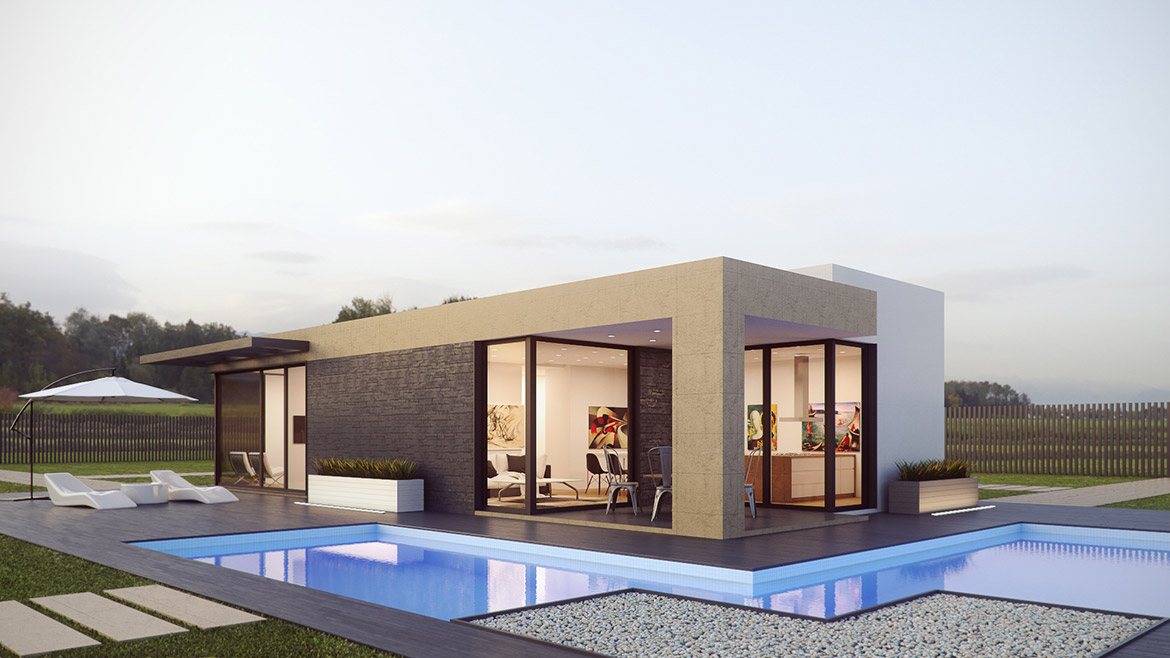SEO Meta-description: Dive into the world of minimalist architecture and discover how less can truly be more when it comes to design and functionality.
Introduction
In the world of architecture, the concept of minimalism has gained popularity in recent years. With its focus on simplicity, clean lines, and functionality, minimalist architecture offers a refreshing approach to design. In this article, we will explore the principles behind minimalist architecture, how they can be applied in practice, and the impact they have on the overall aesthetics of a space.
What is Minimalist Architecture?
Minimalist architecture is based on the principle of “less is more.” This design philosophy emphasizes simplicity, clarity, and the elimination of unnecessary elements. In a minimalist building, you won’t find any unnecessary ornamentation or decoration. Instead, the focus is on clean lines, open spaces, and a sense of tranquility. The goal of minimalist architecture is to create a space that feels uncluttered, harmonious, and serene.
The Principles of Minimalist Architecture
There are several key principles that guide minimalist architecture:
1. Simplify
Minimalist architecture is all about simplifying the design to its essence. This means eliminating any unnecessary elements and focusing only on what is essential. By stripping away excess, minimalist architects are able to create spaces that feel clean, organized, and purposeful.
2. Embrace Natural Light
Natural light plays a crucial role in minimalist architecture. Large windows, skylights, and other features are often used to bring in as much natural light as possible. This not only helps to illuminate the space but also creates a sense of openness and connection to the outdoors.
3. Use of Neutral Colors
Minimalist architecture often employs a neutral color palette, with shades of white, beige, and gray being popular choices. These understated colors help to create a sense of calm and tranquility within the space. By keeping the color scheme simple, minimalist architects are able to let the design speak for itself.
4. Quality Over Quantity
In minimalist architecture, quality always trumps quantity. Instead of filling a space with numerous decorative elements, minimalist architects focus on selecting a few high-quality materials and furnishings that will make a statement. This emphasis on quality ensures that every element in the space has a purpose and adds to the overall design.
The Impact of Minimalist Architecture
Minimalist architecture has a profound impact on the way we perceive and interact with the spaces around us. By eliminating clutter and unnecessary ornamentation, minimalist buildings create a sense of calm and serenity. The clean lines and simple design elements help to foster a feeling of openness and tranquility, making the space feel inviting and peaceful.
Conclusion
In conclusion, minimalist architecture offers a fresh and modern approach to design that emphasizes simplicity, clarity, and functionality. By embracing the principles of minimalism, architects are able to create spaces that feel uncluttered, harmonious, and serene. Whether you’re designing a home, office, or public space, minimalist architecture can help you create a space that is both beautiful and functional.
So, are you ready to embrace the “less is more” philosophy of minimalist architecture?

